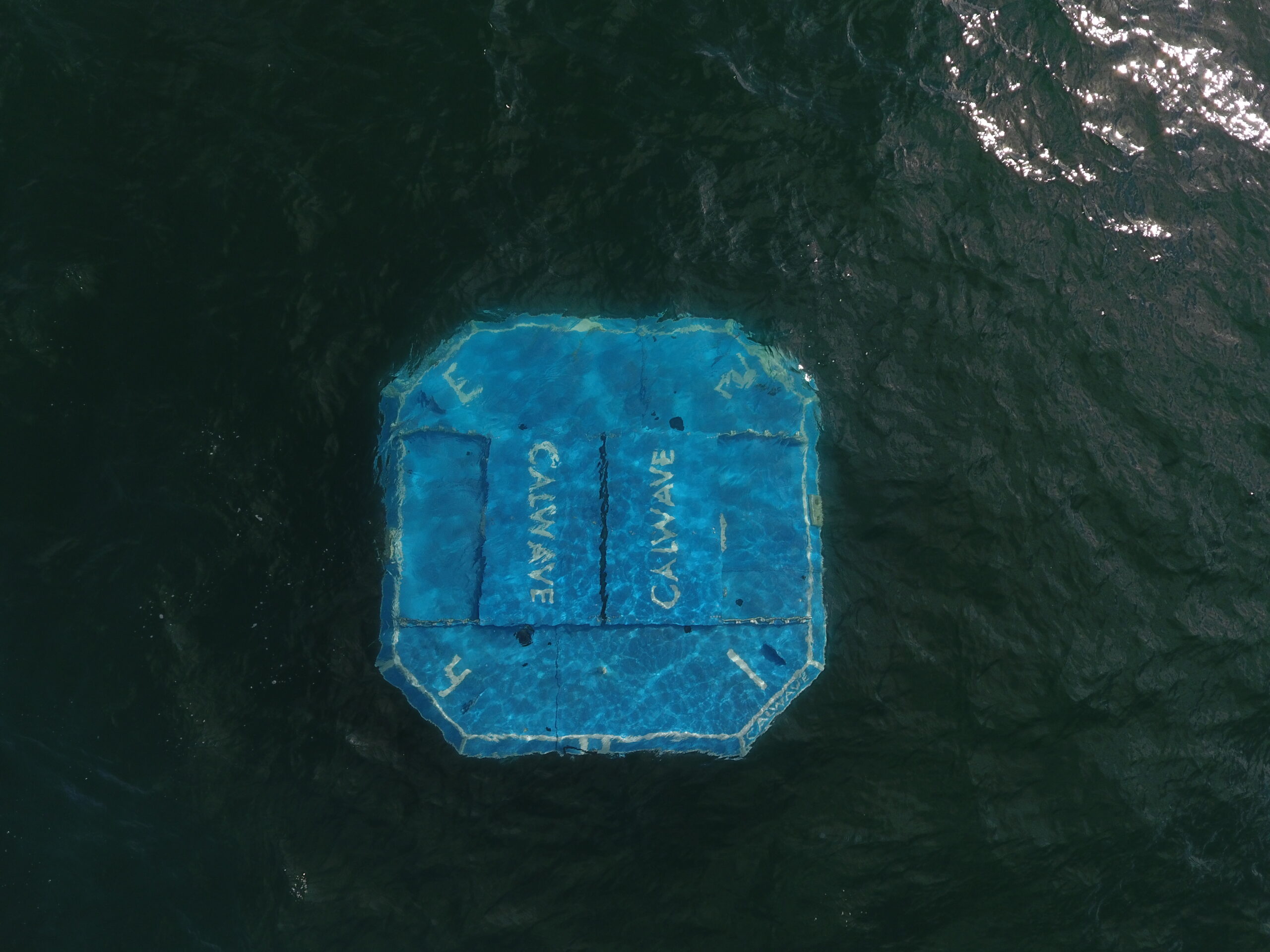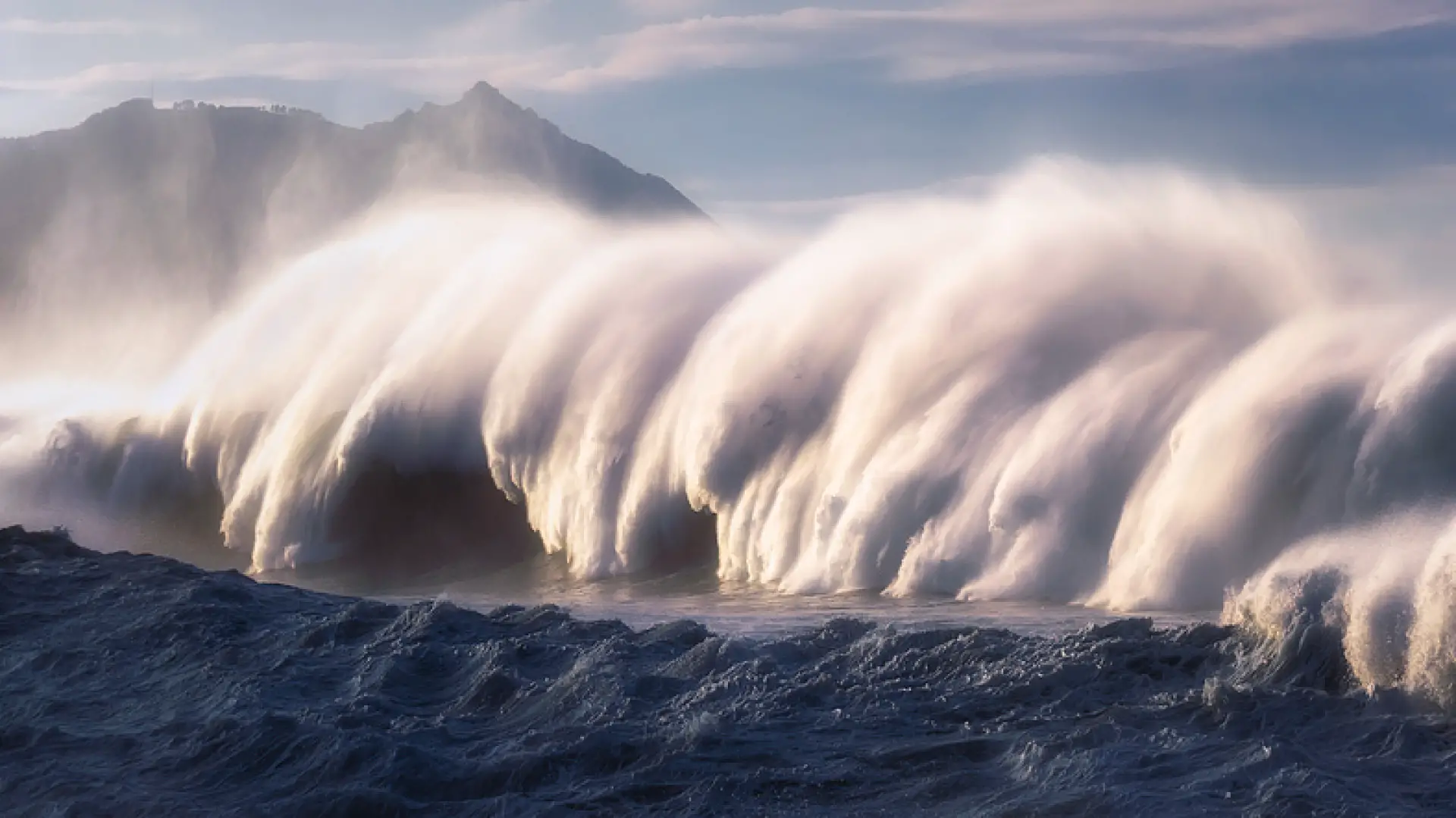Wind power has become an important renewable energy source when people are trying to get less dependent on fossil fuels. A report from New Atlas has shown that many big companies generate a vast amount of power from the wind. However, a company in Norway called World Wide Wind is working on a new type of floating, vertical-axis wind turbine (VAWT) that it thinks will change and improve how we use wind power.
The company says that their VAWTs use two sets of blades that turn in opposite directions, And they promise more than double the output of today’s biggest turbines.
Putting wind farms far out at sea can make them less of an eyesore and give people many more options, but as the ocean gets deeper, horizontal-axis wind turbines (HAWTs) become less valuable. HAWTs have to hold a lot of heavy parts, like their drivetrains, gearboxes, generators, and massive blades, all the way up to the top of a long pole. This makes it hard to mount them on floating platforms that don’t want to tip over, and it’s also hard to keep the business end of a turbine so high off the ground.
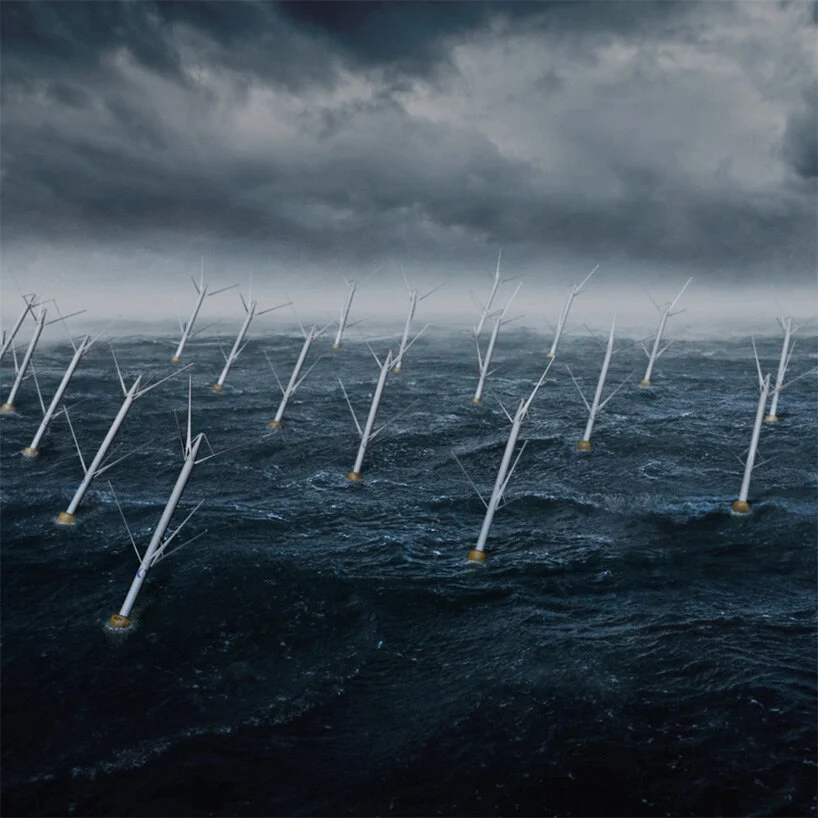
The energy produced by the new contra-rotating vertical turbine is doubled.
Some engineers and operators think that VAWTs could shine in this area instead. Since all their heavy parts are at the bottom and their blades reach up, they tend to stand up independently. Also, they can get energy from the wind from any direction instead of turning to face the wind.
This means they don’t need as much heavy gear up high as a HAWT. They are usually much less efficient than a regular three-blade HAWT, getting less energy from a given breeze. On the other hand, you can put them closer together without a drop in performance, which means they could get more energy from a given patch of ocean.
The company’s contra-rotating vertical turbine (CRVT) is a new design that works like two VAWTs in one. The lower one spins around the tower’s base, and the higher one is on top. Each VAWT turns in the opposite direction from the other. This setup makes the rotation speed twice as fast, making more electricity.
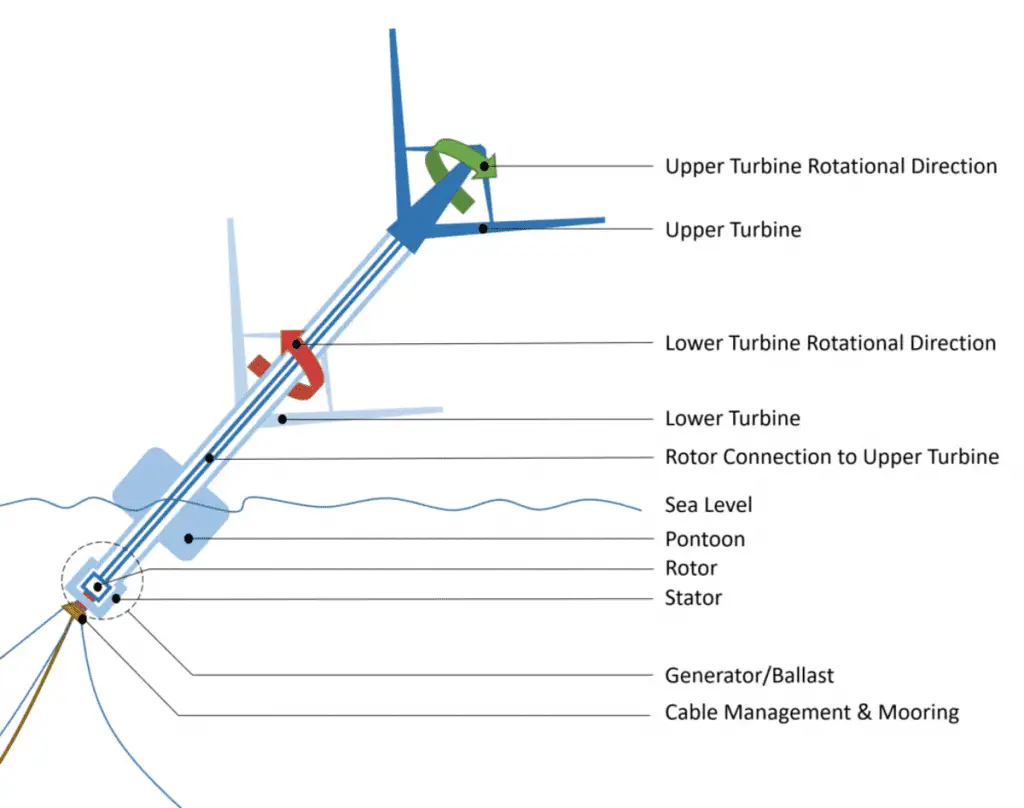
The CRVT tilts in the wind like a sailboat and has special blades that help reduce the effect of a choppy wake. According to the Norwegian company, operators can put more turbines in the same area because they don’t have to put them as far apart. This means that they can make more electricity.
Again, the heavier parts that require the most maintenance lie at the bottom, beneath the buoyant pontoon, near where the ropes and power cord are attached. However, the entire structure is not intended to be precisely vertical; these massive towers will tilt with the wind.
According to World Wide Wind, The turbulence caused by the wake of each floating tower is lessened by the blades’ conical shapes. This lets operators fit even more of these things into a given space. The ability to tilt will also aid in the resistance of these objects to sudden, powerful wind gusts and harmful vibrations.
World Wide Wind has a lot of work to do to reach its goal.
The startup has no research to back up its claims or proof that It has put micro-scale prototypes to the test. It’s unclear why the company didn’t use Darrieus-style turbine blades, which link to the central axis at the top and are more sturdy and efficient. One wonders how long the VAWT blades will last since they are subjected to strong forces from every angle as they spin.

One also wonders about the efficiency losses, lifespan, and replacement procedures for the vast bearings you’d need to support and spin a 400-meter-long shaft inside a counter-rotating 400-meter-long tube, with the mass tilted off-center most of the time. In seawater for decades, of course.
Not only that, but Norway’s Teknisk Ukeblad says it’s getting hard to find places to test wind technology in the North Sea because there are so many other test projects “almost in line” in the area.
On the bright side, no one on the leadership team is wearing a tie, which shows they are confident and calm about this whole thing. Uppsala University, Scented, North Wind, Kjeller Vindteknik, Norwegian Energy Partners, and the Norwegian Offshore Wind Cluster are all said to be partners with World Wide Wind.
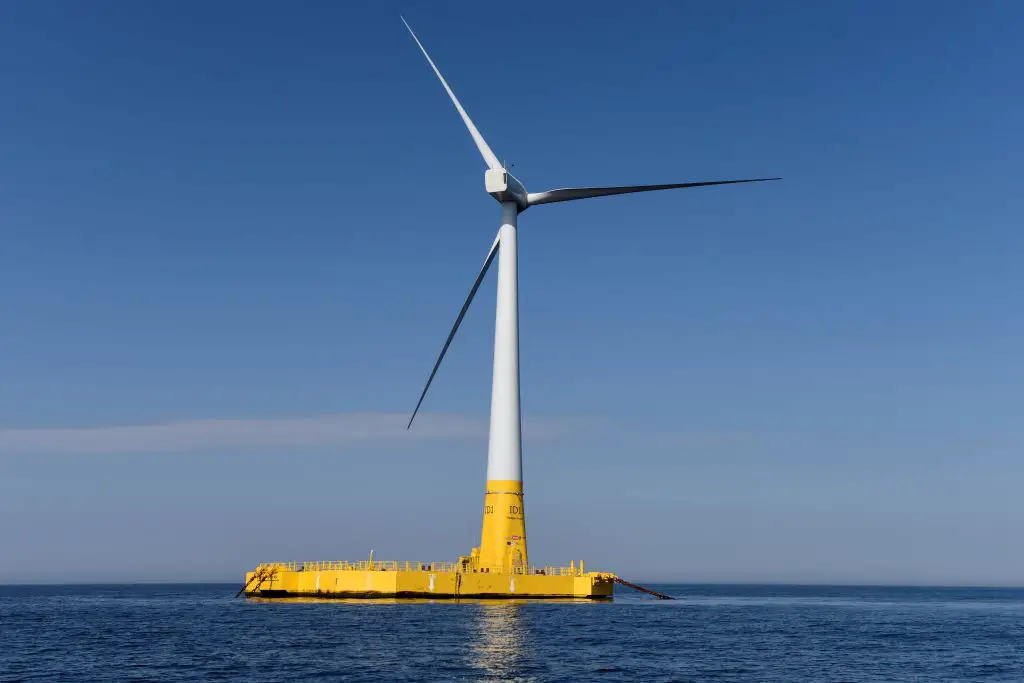
By 2029, World Wide Wind plans to have a 40 MW prototype ready.
Currently, the 794-foot-tall (242-meter-tall) MingYang Smart Energy 16.0-242 is the largest wind turbine in the world. It can produce 16 MW. World Wide Wind says that their numbers will blow those out of the water because their system can be built up to a height of 1,312 feet (400 meters), which gives each unit a huge 40-megawatt capacity.
World Wide Wind wants to make that tiny windmill look like a toy. The company says that this design is much easier to scale than any HAWT and could reach a height of 400 meters (1,312 feet) and a capacity of 40 megawatts per unit.
In an interview with Recharge, company representatives suggested a projected Levelized Cost of Energy (LCoE) of less than US$50 per megawatt. This is less than half of the LCoE that the US Energy Information Administration projects for the average offshore wind project that will go to market in 2027.

In an interview with Recharge, representatives from the company said they are using rapid prototyping to speed up the development of the CRVT. They hope to have a 3-MW model ready by 2026 and a 40-MW machine ready by 2029.
We want to believe in clean energy moonshot projects just as much as we want to believe in the moon. The expansion and decarbonization of energy grids worldwide can’t happen fast enough, especially as climate change enters its terrible toddler stage and its unimaginable effects become more complex and harder to ignore.

Giant 40-megawatt coaxial towers in the middle of the ocean could make a massive difference in the coming century’s existential battle. This is because they would lower the LCoE of today’s offshore wind. But we don’t need sketches, diagrams, or promises. We need actual results, and we needed them yesterday.
That’s Why We Should hope that this strong collaboration works out and gives the world the power it promised.


